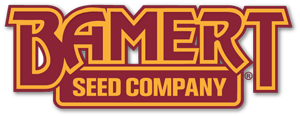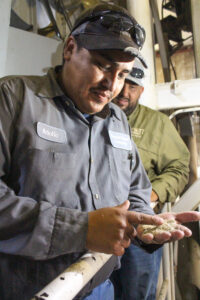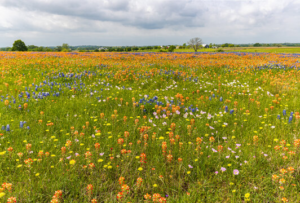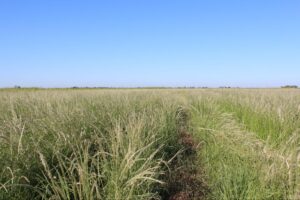If you’re looking to attract a wide range of wildlife from deer and turkey to quail and dove, Illinois Bundleflower is ready to go to work for you. Illinois Bundleflower—Latin name, Desmanthus illinoensis—is part of the “Big Four” perennial forbs. Bundleflower gets its name from the shape of its seedpods, which are easy to spot. The plant will flower, with its seeds beginning as curved pods that are green. Then they will turn to brown or black once they reach maturity and have dried down. Seeds form in a tight, compact area, “bundled” together, hence the moniker it perfectly carries.
Considered a legume, Illinois Bundleflower’s seeds pack quite a punch of protein. This makes it a powerful nutrition source. A legume also means it will fix Nitrogen from the atmosphere. It grows to an average of 3 to 4 feet tall at maturity. Illinois Bundleflower’s small, self-pollinating flowers form a ball-like cluster and bloom from spring until fall .
Illinois Bundleflower: Ideal For Habitats
Wildlife aren’t the only parties interested in this noticeable species. Pollinators are also drawn to it throughout the course of several warm weather months. The white flowers blossom from June through September, as the fall chill begins to settle in, and provide quite a draw and benefit for the nectar-seeking pollinators.
Illinois Bundleflower features a long growing season and several nutrient benefits for wildlife and pollinators. It makes a case as one of the “Big Four” Forbs.
Here at Bamert, we’re happy to help you discover how forbs play a vital role in reclamation projects due to the biodiversity they provide to the ecosystem services you want that land to supply. Whether it’s for water and filtration, attracting pollinators and wildlife or supporting livestock, Bamert experts are here to help you achieve your goals.



